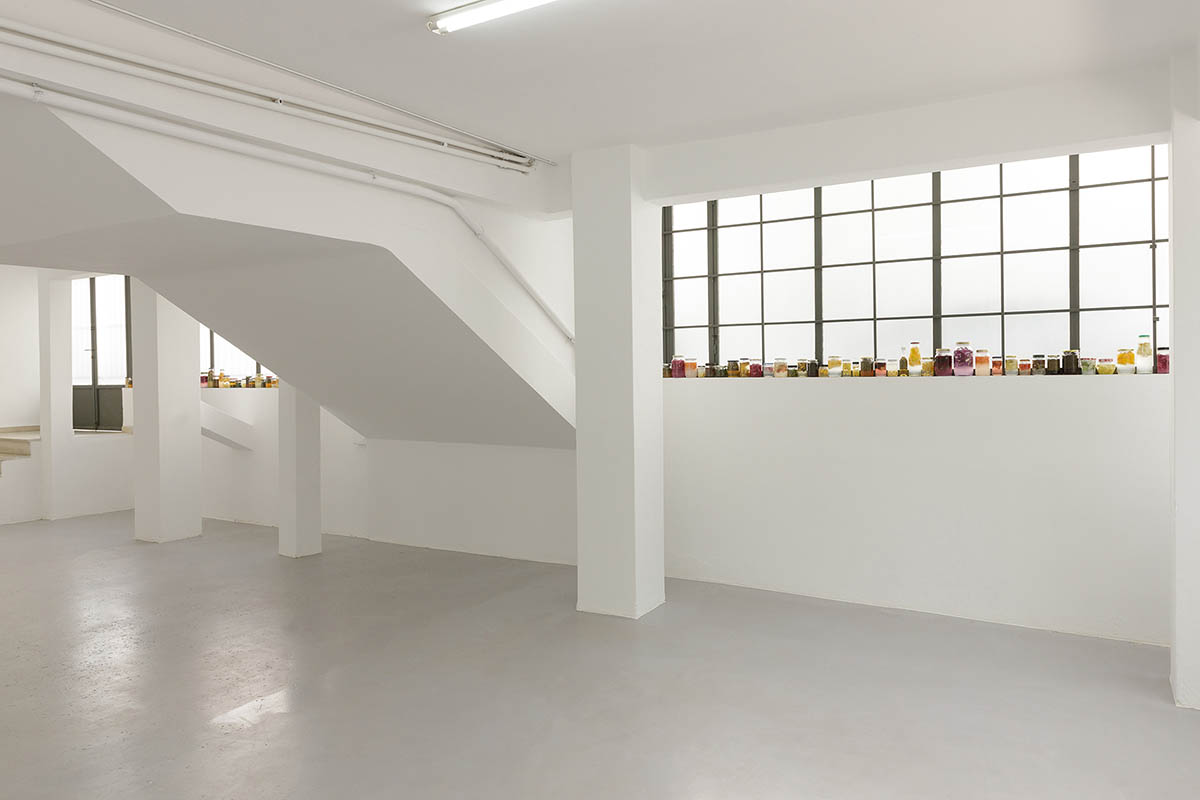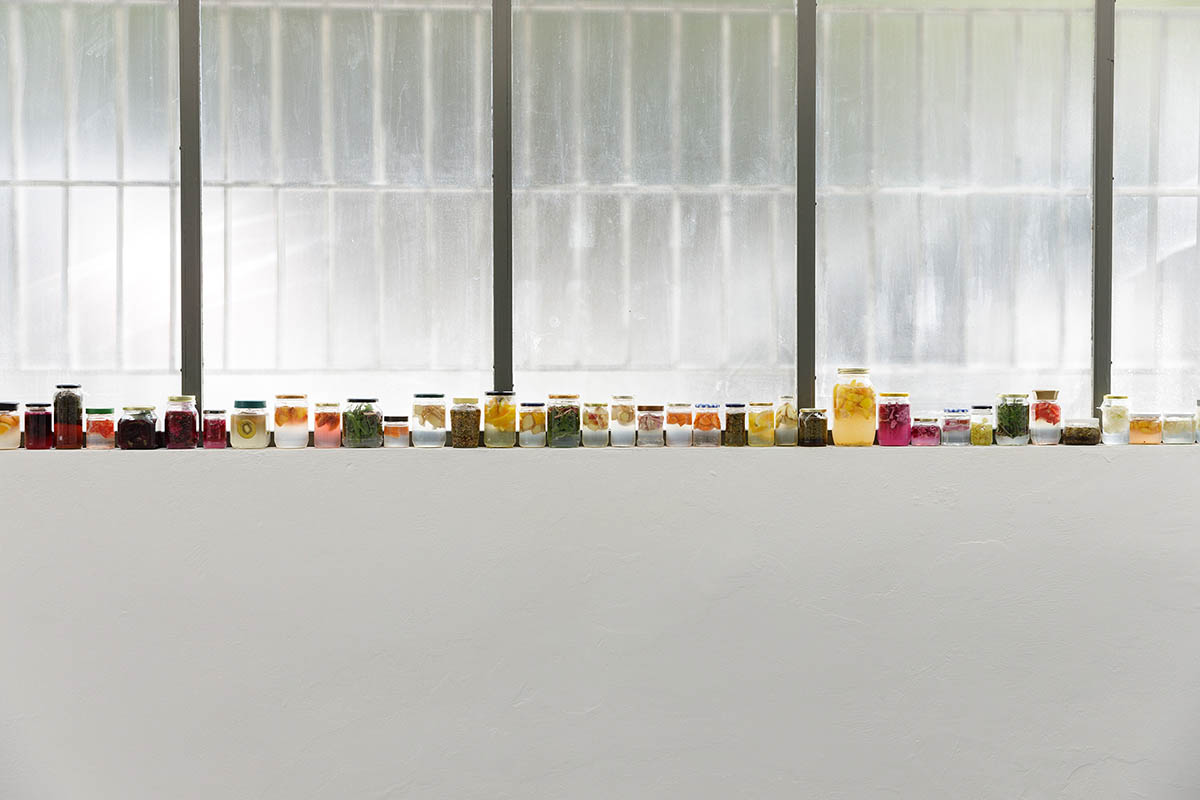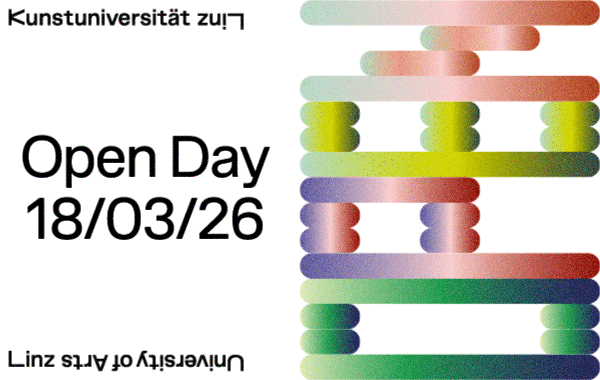
The artist makes handmade formulations based on fruits, vegetables and herbs and explores the natural processes of fermentation. In contrast to the obsessions around cleanliness and disinfection, this exhibition treats microorganisms as carriers of beneficial effects for the human organism. In nature, there is no concept of good and evil, there is only the principle of the optimal possible balance, which is achieved through the coexistence of opposites. Giulia Savorani proposes an act of diffusion and participation in the alchemical creation of a regenerative substance. Her goal is to claim a dynamic harmony, through continuous reflection, synthesis and research. The visitors of the exhibition are invited to collect and keep the formulations, along with detailed instructions related to their creation and maintenance. The exhibition In vitro is the outcome of Giulia’s residency at CLOSING SOON in September 2021.

Giulia Savorani (b.1988, Ivrea, Italy) lives and works in Milan. She studied painting at the Accademia di Belle Arti di Brera, documentary at the Civica Scuola di Cinema Luchino Visconti in Milan and(MA) Moving Images Art at the Iuav University in Venice. Since 2017, she is working in the fields of education and illustration. She has participated in residency programs, such as: Innesto spazi di ricerca, Ravenna (2021), Bains Connective, Brussels (2014) and Creative residencies, Mondolfo (2012). Her work has been shown at several exhibitions and screenings, such as: Kinolikbez Film Festival, Saint Petersburg (2021), T-short Film Online Festival – Experimental film out-of-competition (2021), International Short Film Festival Canton, Kwangchow (2020), Short Movie Film Club Festival, Minsk (2020), Green iDeal – Biennale della tecnologia, Turin (2020), Biennale IKSV, Istanbul (2019), Macro Asilo, Rome (2019), Filmmaker Festival, Milan (2019, 2018, 2016).
*Thanks for the jars to: Alexandros, Angelos, Antonis, Ariadni, Avrilios, Danae, Despina, Dimitra, Dimitris, Dinos, Efstathia, Eleanna, Eva, Fotis, Georgia, Giorgos, Katerina, Margarita, Marianna, Marilena, Mary, Michalis, Nikos, Orestis, Panina, Paris, Rania, Sotiris, Tasos, Thenia, Tzortziana, Vaggia, Vassia and Vivi.

Fervida is produced by the fermentation process of fruits, vegetables and herbs and is rich in beneficial microorganisms. The fermentation process releases vitamins, fatty acids, proteins, probiotics and other nutrients.
Ingredients and materials: Glass container with a screw cap, Kitchen cling film, Αpple cider or wine vinegar or a previous Fervida to sanitize the container, Fruits, vegetables or herbs, Water, Sugar or honey
Preparation: 1. Clean the container with vinegar or Fervida remains 2. Divide the jar into 10 equal parts and mark accordingly with a permanent marker 3. Add 5 parts of water 4. Add 1 part of sugar or honey 5. Add 3 parts of fruits, vegetables or herbs 6. Leave the last part free 7. Cover the jar mouth with a cling film 8. Place the lid without sealing the jar and store at room temperature and away from excessive light 9. Stir the content with a wooden spoon once per day for 2 weeks 10. After 2 weeks, stir once a week for the following 2 months
Notes: After the first 2 weeks, the vegetables, fruits or herbs will immerse in the liquid and reach the bottom of the jar; After 6 months, the formulation will develop an intense odor of vinegar and a gelatinous texture on its surface, which is a sign of successful fermentation. If not, the formulation must be disposed of and the procedure must be repeated; After 1 year, the fermentation is completed and the Fervida is ready for use; Food remains can also be used into making Fervida
Uses: Strengthens the immune system, detoxifies the body and slows down cell degradation due to its high concentration of antioxidants (no dilution necessary), Moistures, cleans and protects the skin (no dilution necessary), Works as a digestive, balances and regenerates the intestine flora and soothes gastric hyperacidity (oral use without dilution), Enhances plant soil with nutrients (suggested dilution 1/1000) and makes house plant leaves shine (suggested dilution 1/200), Can be used as a natural detergent combined with tea tree and lavender essential oils (suggested dilution 1/200), Cleans and disinfects fruit and vegetables, keeping them fresh for longer (no dilution necessary)
Exhibition: IN VITRO. Giulia Savorani
Exhibition duration: 19.09.2021-23.09.2021, 18:00-21:00
CLOSING SOON is a contemporary art space dedicated to minimum production.
Address and Contact:
CLOSING SOON
Egiidon 31, 118 53 Athens
www.closingsoon.gr




